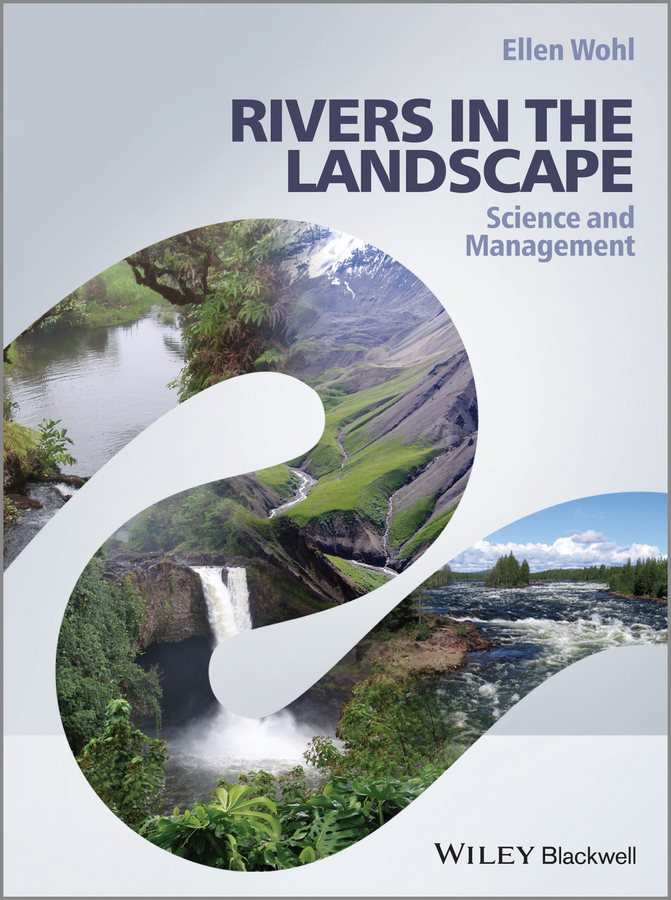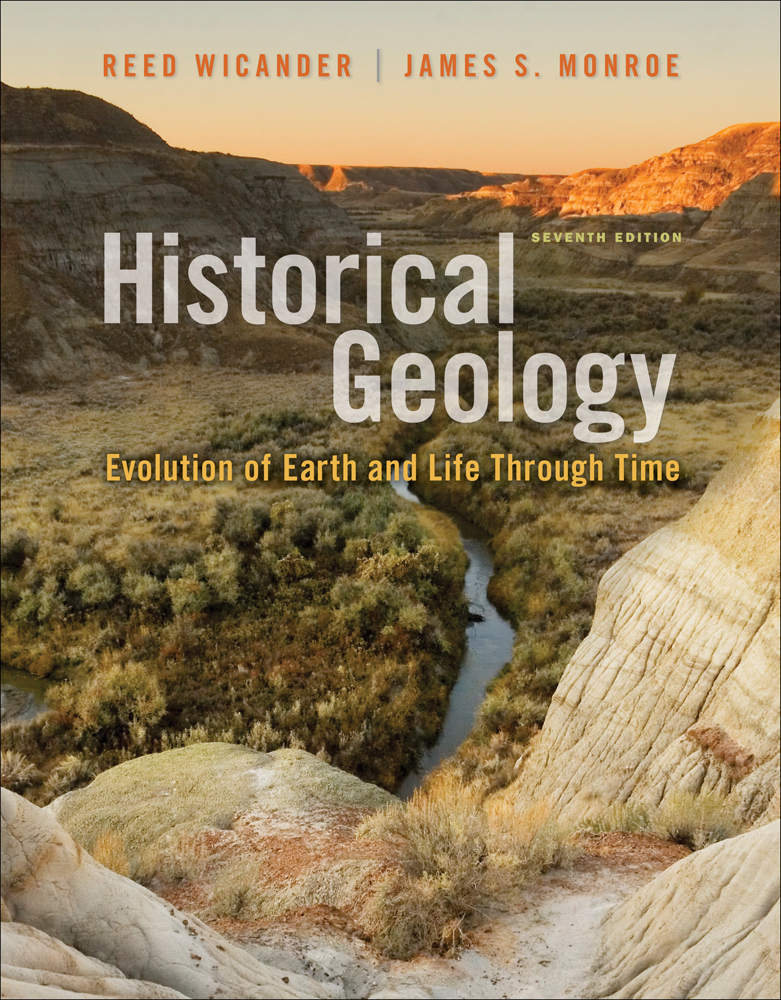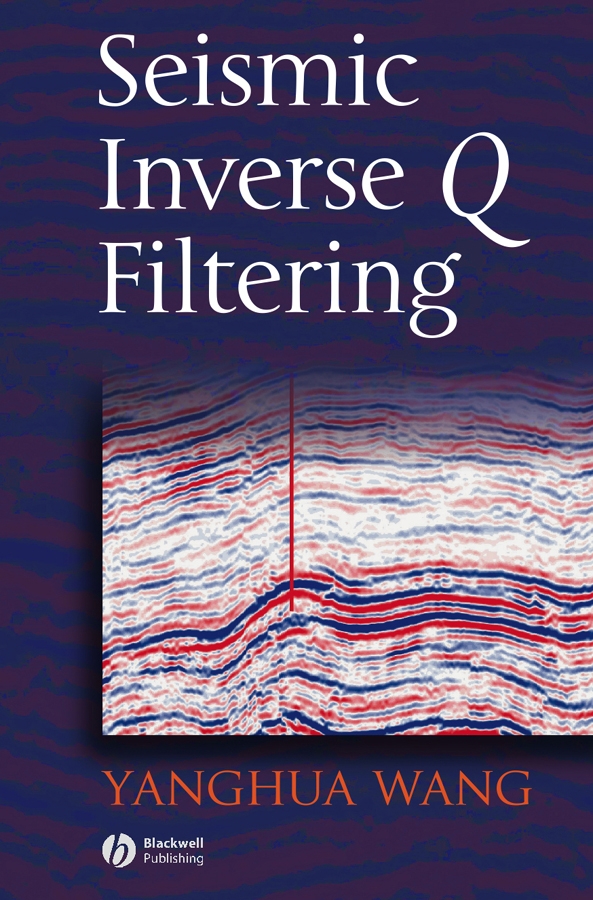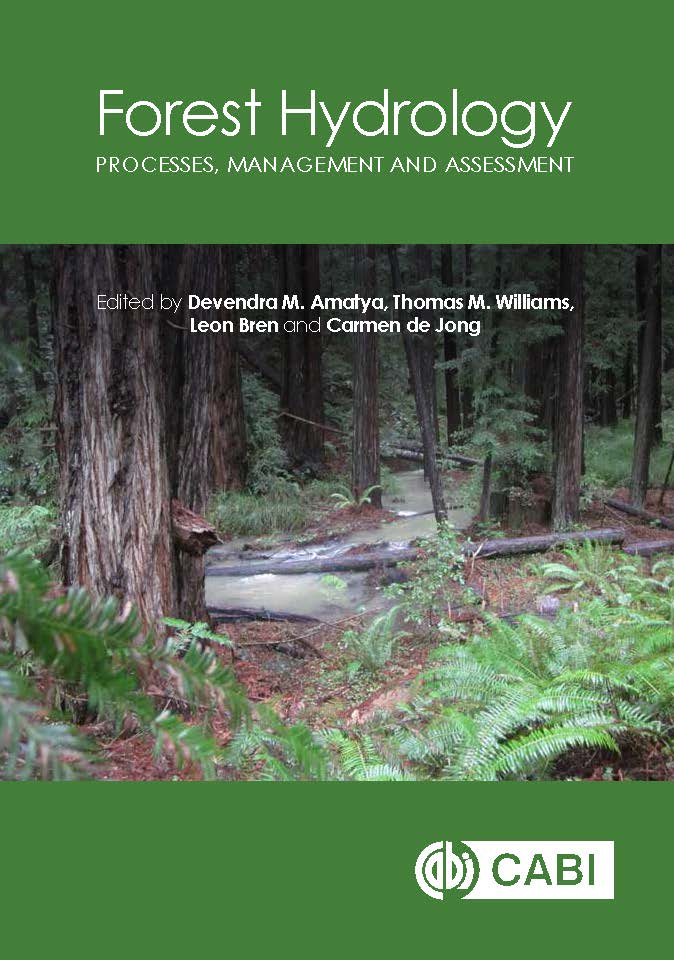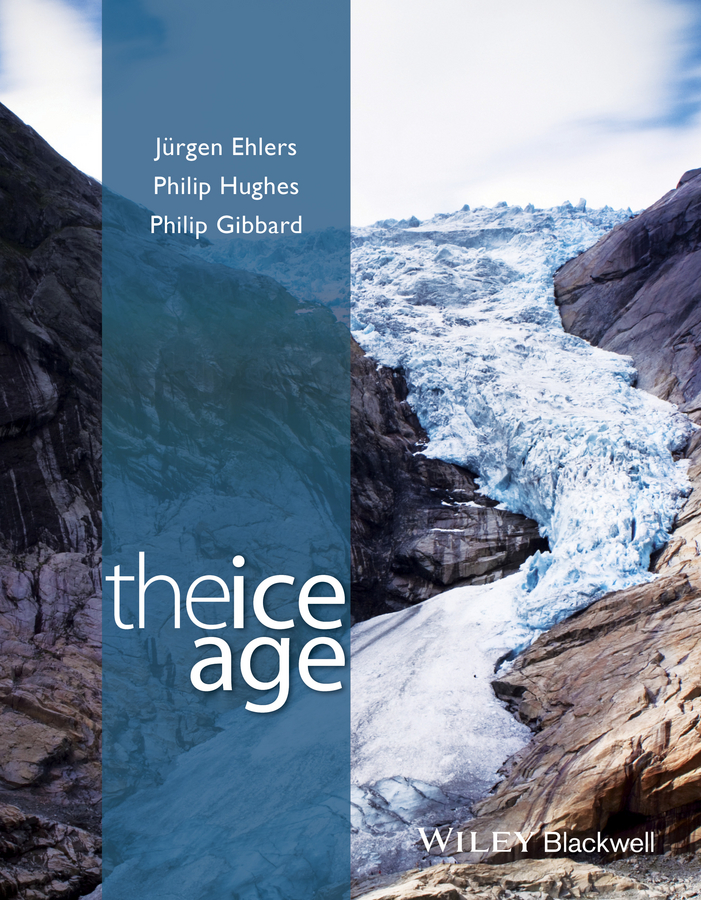CLCP3
LanguageENG
PublishYear2014
publishCompany
Wiley
EISBN
9781118414903
PISBN
9781118414835
- Product Details
- Contents
Rivers in the Landscape will summarize the state of knowledge concerning physical processes and forms in rivers. The organization and content of the book emphasize that rivers exist as part of a greater landscape. For example, the text explicitly discusses: connectivity between the river channel, the atmosphere, the adjacent uplands and floodplain, and subsurface environments; the interactions between tectonics and river networks; and the influences of climate, biota, and human activities on river process and form. The text concisely summarizes the basic characteristics of natural rivers, from hydrology and hydraulics, through sediment dynamics to diverse aspects of channel geometry, and examines how process and form vary over time spans from a few minutes to millions of years. The basic text is enhanced and supplemented by a web site with more extended summaries of selected topics, as well as additional illustrations and references. The initial chapters examine the landscape context for rivers in terms of connectivity between channels and the greater environment, and interactions between rivers and topography. The pathways by which water, sediment and solutes move downslope and into channels, and the erosive processes that initiate and extend channels are explored before the text shifts toward in-channel processes, including hydrology, river chemistry, hydraulics, sediment dynamics, channel geometry, and adjustments in channel form through space and time. Environments immediately adjacent to the channel that are influenced by fluvial processes (floodplains, terraces, alluvial fans, deltas) are summarized, and the final chapter deals with human interactions with rivers. Professor Wohl has used the first and second editions of Knightons Fluvial Forms and Processes text since she began teaching a graduate-level course in fluvial geomorphology in 1989 (she first used the book when she was a PhD student, in 1985). The second edition was published in 1998 and is now rather dated, and it is doubtful that there will be a third edition. Many people like the compact physical format and concise and accessible writing of this book. In addition to being dated, however, the Knighton text does not cover several substantial areas of river form and process that many people believe are important to the integrated, holistic perspective on rivers that is being advocated with Rivers in the Landscape. The alternative texts, as listed below in section 20, provide very good coverage of limited areas of rivers, but are even more lacking in the holistic perspective. Consequently, the primary reason for proposing a new book is to develop a text that will reflect the approach toward studying rivers that Professor Wohl and other lecturers in this field take in their own courses and research. From discussions with colleagues and students, Professor Wohl genuinely believes that this text will also be very attractive to many others interested in rivers, and stands a good chance of supplanting Knighton as the primary reference for contemporary river process and form (as opposed to rivers in the sedimentary rock record).
Collected by
- Princeton University
- Yale University
- University of Cambridge
- University of Oxford
- CQU
- MIT
- Beijing Normal University at Zhuhai
- UCB





